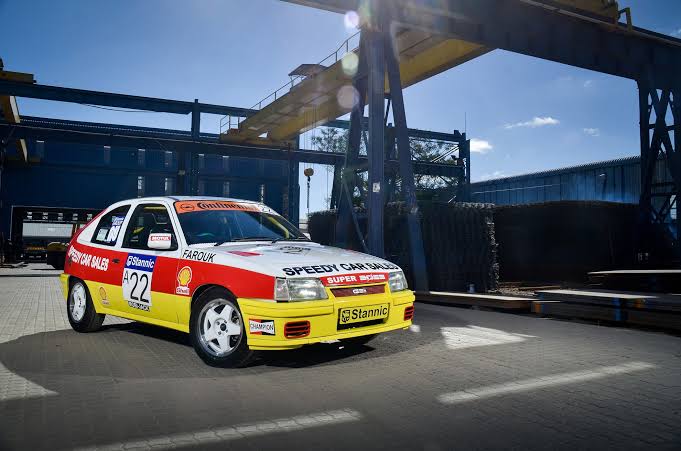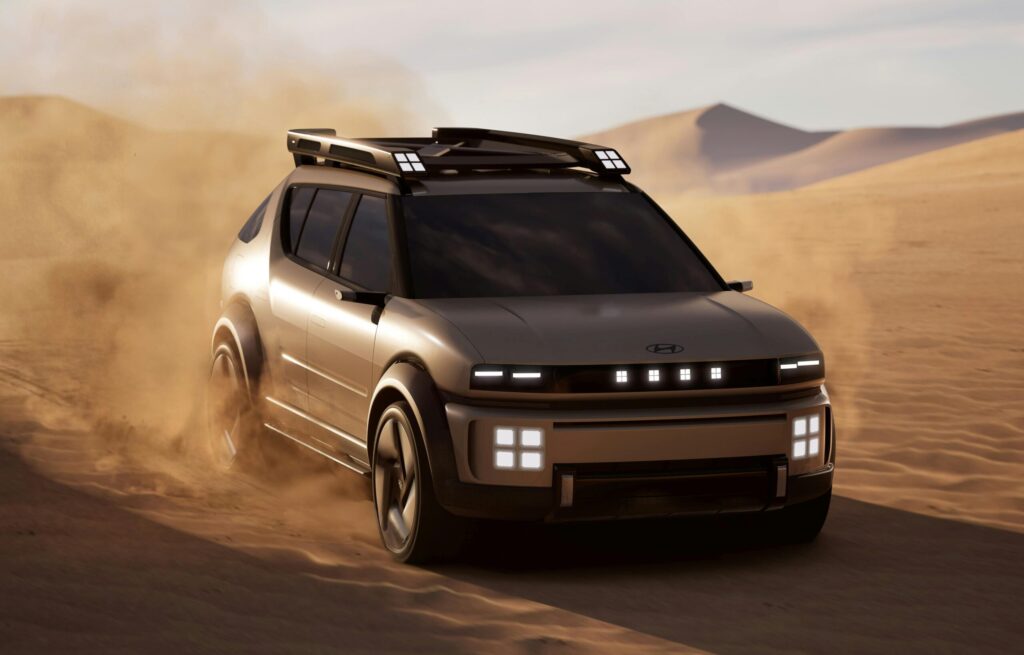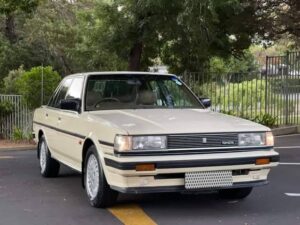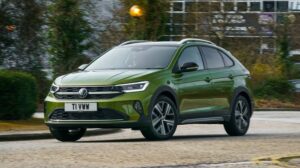South Africa’s electricity crisis meets the electric vehicle future – challenges, innovations, and the path forward
June 18, 2025
8 min read
South Africa stands at a pivotal crossroads. As the global tide turns decisively toward electric vehicles (EVs), offering a cleaner, quieter, and potentially cheaper future for transport, South Africans face a uniquely local question: Can our crippled electricity grid actually support this revolution?
The answer, much like our power supply, is complex – a mix of significant challenges and electrifying innovation. Let’s plug in and explore the facts.

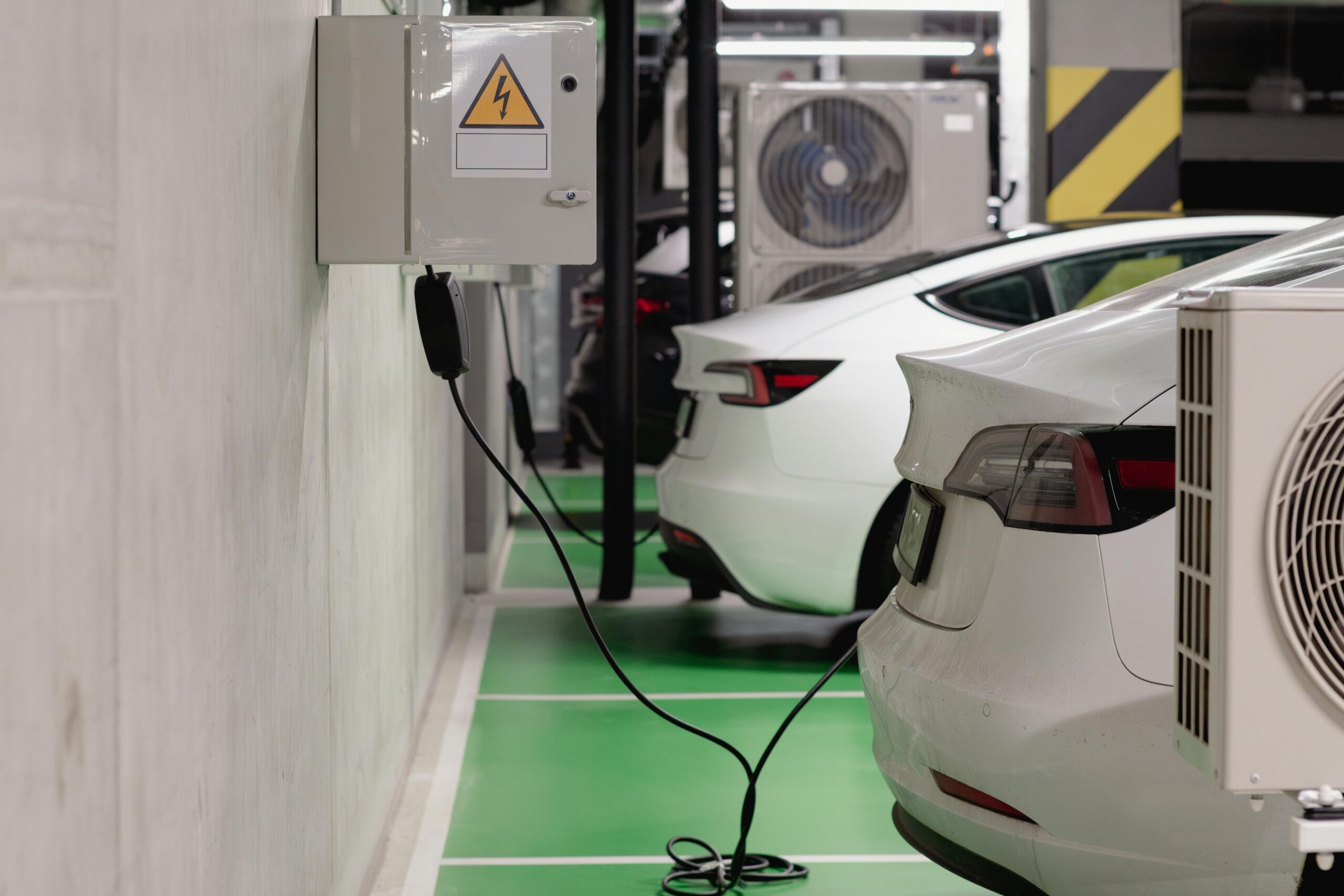
The Grid Reality Check: A Fragile Foundation
There’s no sugar-coating the current situation. South Africa’s national grid, managed by the embattled Eskom, is characterized by:
The Core Challenges:
Chronic Instability: Persistent load shedding, driven by an aging, coal-dominated fleet struggling to meet demand, remains the defining energy challenge. This operational and financial crisis directly threatens the reliability of grid-dependent EV charging.
Limited Capacity & Design: The draft Integrated Resource Plan (2023) predicts that widespread EV adoption will require an additional 5 terawatt-hours (TWh) of electricity by 2034. Crucially, the grid wasn’t designed for the concentrated high-power loads demanded by fast-charging stations.
Infrastructure Gap: Vast rural areas and crucial long-distance routes remain underserved, fueling “range anxiety”. The current infrastructure is heavily concentrated in urban hubs like Johannesburg, Cape Town, and Durban.
The direct impact on EV owners today is tangible: Charging during scheduled load shedding becomes impossible without backup power. Public stations without battery storage or generators go offline during outages. This unpredictability is a major deterrent for potential EV buyers.
The Spark of Innovation: Powering Past the Grid
Despite the daunting grid challenges, the future isn’t all doom and gloom. Ingenious solutions are emerging to bypass Eskom’s limitations:
The Off-Grid Oasis
CHARGE Wolmaransstad on the N12 highway is the world’s first fully off-grid, solar-powered ultra-fast charging station. Generating 280 kWp via 480 solar panels and storing it in 550 kWh batteries, it offers 240 kW charging – capable of adding significant range in under 20 minutes.
A National Renewable Network
CHARGE plans a nationwide network of 120 solar-powered stations, strategically placed every 150km along major national routes by 2025-2026. This network aims to eliminate long-distance range anxiety and provide a blueprint for sustainable EV charging.
Turning Cars into Power Plants (V2G)
Zimi is deploying Africa’s first commercial-scale Vehicle-to-Grid (V2G) system. Using 120 kW bidirectional chargers, this technology allows EVs to feed power back into the grid during peak demand or outages, transforming EVs from passive consumers into active grid stabilisers.
Renewable Integration
The potential for home and business owners to charge EVs using rooftop solar and battery storage is immense. South Africa’s abundant sunshine makes this a viable and increasingly cost-effective way to decouple EV charging from grid instability.
“PHEV’s V2H requires SA regulatory approval – this could be a game-changer for load-shedding resilience, but it’s not yet confirmed for our market.”
– Automotive Industry Analyst
The Road Ahead: Progress, Policy, and Prudence
Beyond technological fixes, other critical factors will determine the pace and success of SA’s EV-grid integration:
Key Developments:
Government Action: The 2023 EV White Paper acknowledges the grid challenge and emphasizes the need for renewable energy integration. The National Treasury allocated R1 billion in March 2025 to support local NEV and battery production.
Market Growth: Despite a tiny current base (0.17% of 2022 sales), the EV and charging infrastructure market is projected to surge to $471.3 million by 2025 and $1.01 billion by 2029.
Policy Incentives Needed: High upfront EV costs remain a barrier, exacerbated by import duties (up to 25%) and lack of purchase incentives. Industry experts consistently call for reduced import duties, tax breaks, and incentives for charging infrastructure deployment.
Challenges vs. Solutions: SA’s EV Energy Crossroads
| Challenge | Current Status | Emerging Solutions | Key Players/Evidence |
|---|---|---|---|
| Grid Stability | Frequent load shedding; aging coal infrastructure | Off-grid solar charging; V2G pilot; home solar + storage | CHARGE Wolmaransstad; Zimi V2G |
| Charging Infrastructure | ~350 public stations; urban concentration | 120 planned solar stations; bidirectional chargers | CHARGE national network; Zimi tech |
| Energy Source | 70% coal-dependent; high emissions per kWh | Solar-powered charging; renewable grid integration | CHARGE model; White Paper |
| Policy Framework | High import duties; limited purchase incentives | R1bn NEV/battery incentive; draft EV White Paper | National Treasury; DTIC |
| EV Affordability | Significant premium over ICE vehicles | Potential local manufacturing; policy incentives | Auto industry pressure |
Verdict: Cautious Optimism is the Charge
So, should South Africans embrace EVs? The data suggests cautious optimism is warranted.
Be Cautious Of
- Relying solely on the traditional grid for charging without backup
- The current infrastructure gap, especially in rural areas
- High upfront costs and unclear long-term maintenance
- Limited fast-charging options during peak hours
- Regulatory uncertainty around V2G technology
Be Optimistic About
- Rapid deployment of off-grid, renewable-powered charging
- Pioneering V2G technology becoming part of the solution
- Government incentives for local manufacturing
- Falling battery prices making EVs more affordable
- Growing private investment in charging infrastructure
“The future of EVs in South Africa isn’t doomed by Eskom’s woes; it’s being reimagined despite them. Off-grid solar charging and vehicle-to-grid tech are game-changers.”
– DriveZA Analysis Team
The Bottom Line for DriveZA Readers
South Africa’s EV journey will be unique, heavily reliant on decentralized, renewable energy solutions from the outset. While challenges remain significant, the innovative spirit driving projects like CHARGE Wolmaransstad and Zimi’s V2G pilot lights the way.
Assess Your Charging Options
Can you install home solar/battery backup? Know locations of reliable public chargers.
Watch Infrastructure Rollout
The planned 120-station solar network is a critical milestone for 2025/26.
Advocate for Support
Support policies that incentivize EV production and reduce import duties.
Join the Conversation!
Are you an EV owner battling load shedding? Have you invested in solar charging? Share your experiences and thoughts on South Africa’s EV future in the comments below! Let’s drive the discussion forward.
Disclaimer: The information in this article is based on current data and projections. EV infrastructure development is rapidly evolving, and specific capabilities may change as technology advances and regulatory frameworks develop.
